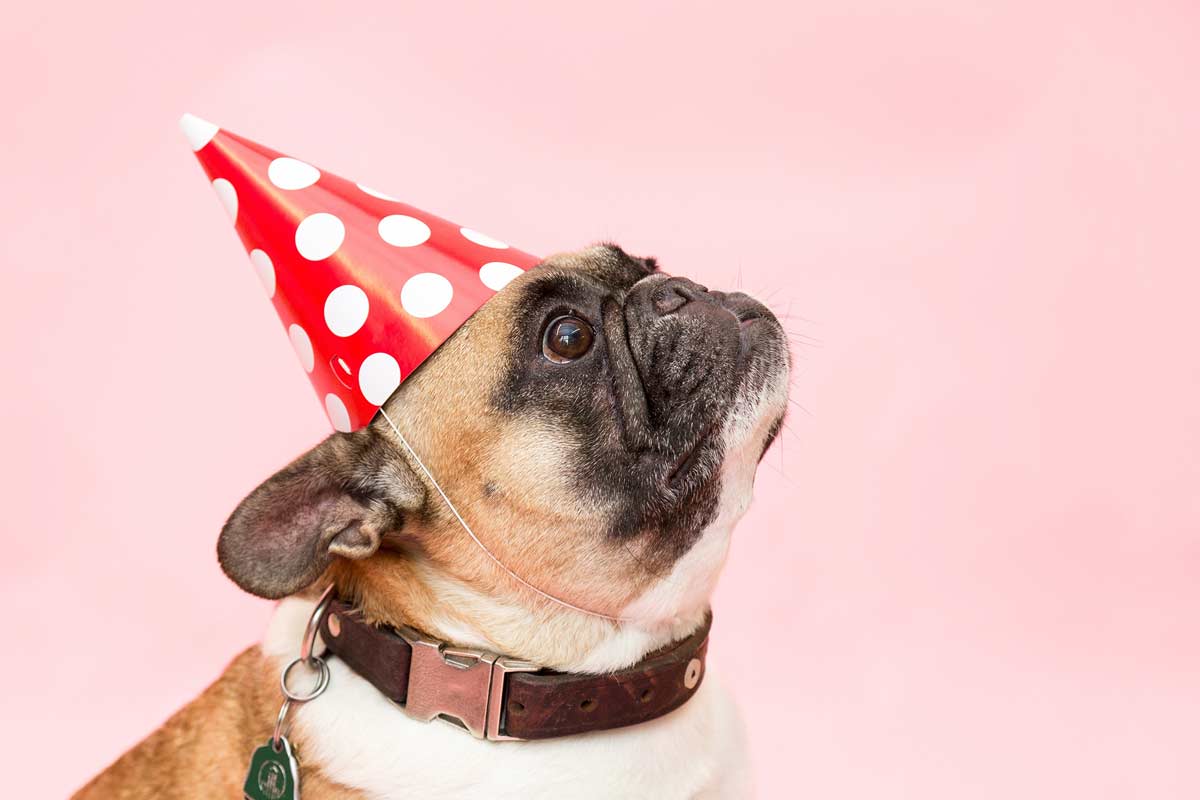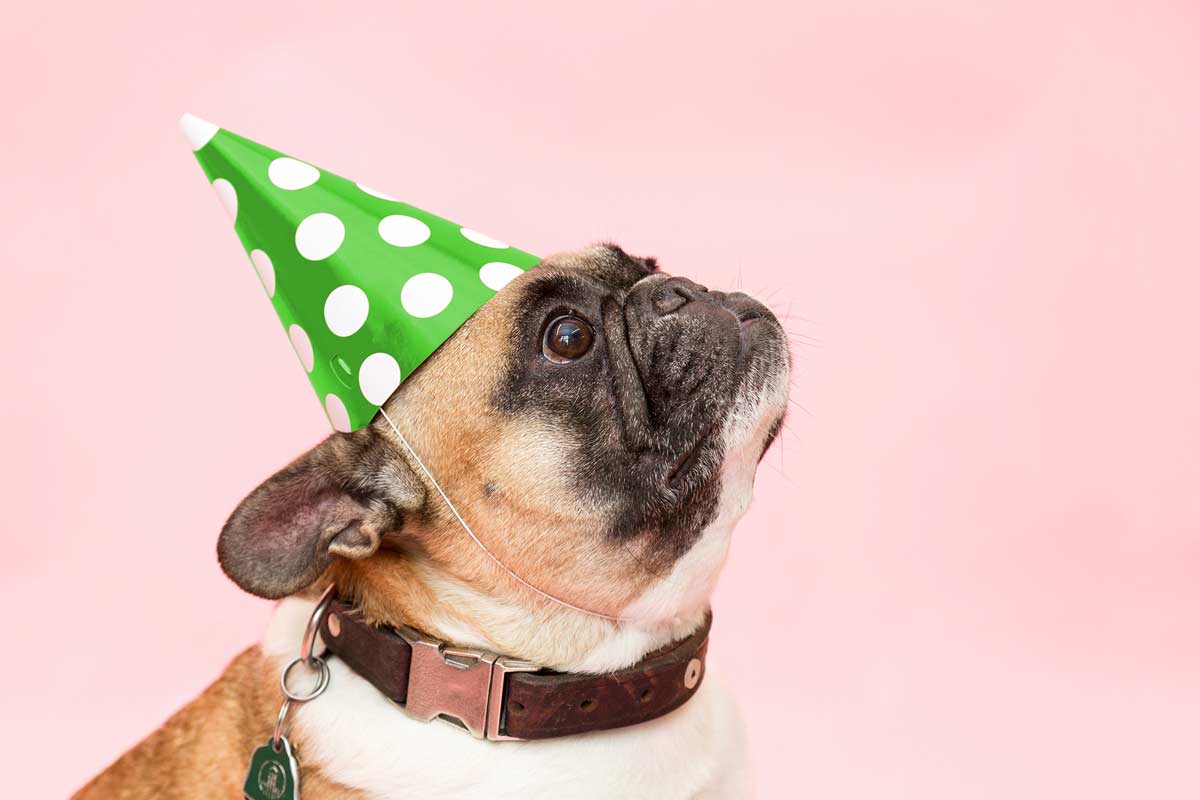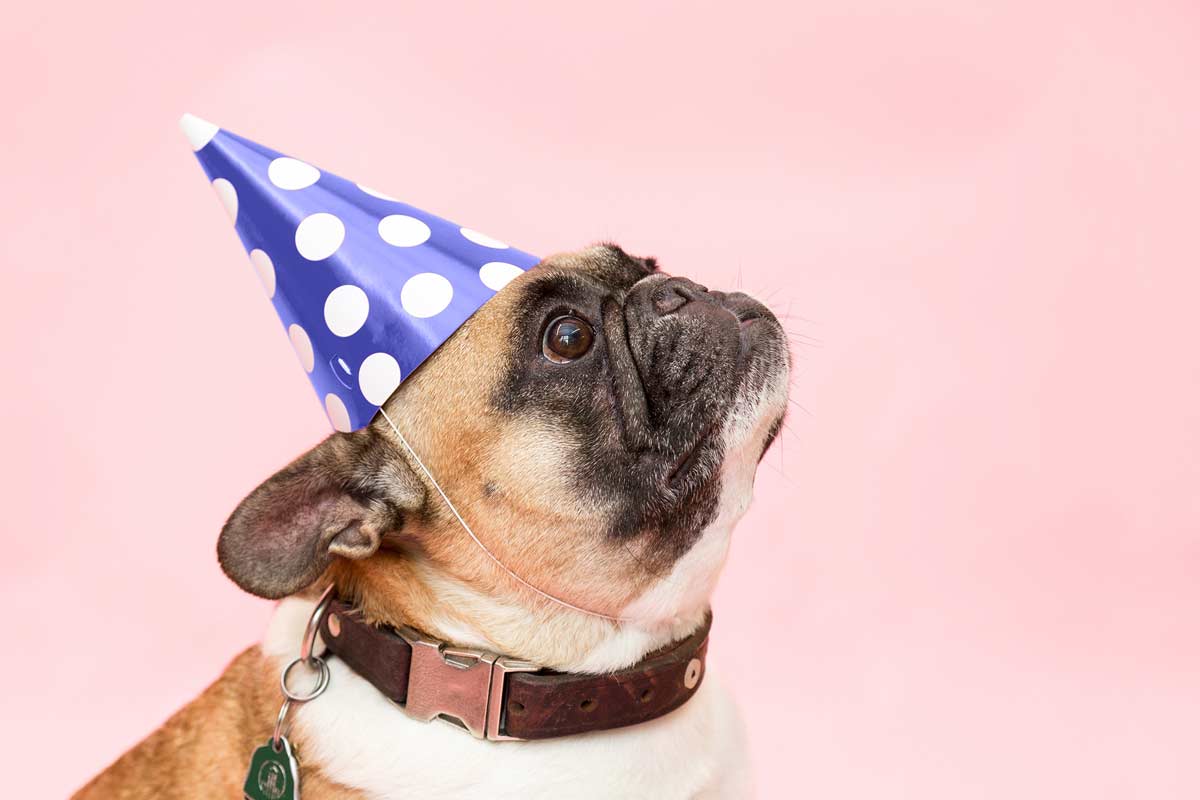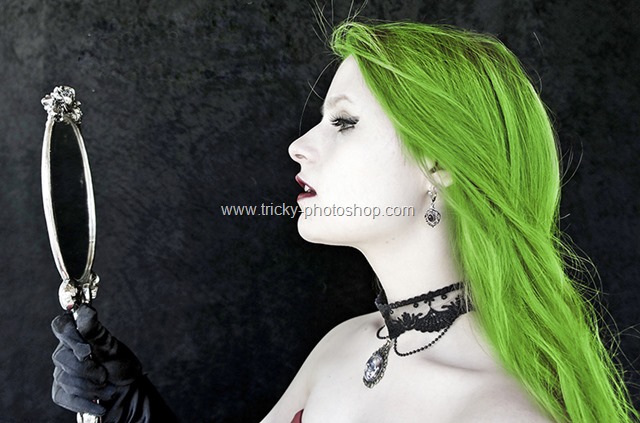I ran a campaign on my site and asked people the tutorials which they want to read next. And, changing the color of specific areas is on the list. Time to show you how to change the color of specific areas in Photoshop.
The most demanding tutorial was adding shadow in Photoshop and I wrote a tutorial on that 2 days ago.
Here’s the plan for today’s tutorial. First, we’re going to select the area where you want the color to be replaced. We will do it with the help of the Quick Selection tool (because it’s my favorite). Then we’ll use Hue and Saturation to change the color. After that, I’ll show your one bonus technique which you can also use.
Final image

Initial image

Let’s begin the tutorial
Video
If you like watching videos, here’s the video tutorial for you.
Step 1 – Select the area
I am going to change the color of the hat.
Grab the Quick Selection Tool from the toolbar or press Shift + W again and again until it comes.
Start dragging it on the area to select.

Once done, here is my image.
If you have accidentally selected something unwanted, hold down Opt/Alt and brush over the unwanted area. This will deselect that area.

Step 2 – Refine the Selection
Open Select and Mask if you’re using Photoshop CC 2017 and newer. I like to keep the smart radius as 0 as I don’t like its effect. Rather I prefer to use Refine Edge brush for the refined selection. Press OK once done.
This will create a new layer with the selection.
If you’re using older versions of Photoshop, you can use Refine Edge. I cannot show how to do it via Refine Edge because it is not there in Photoshop anymore. But, you can refer the tutorial that I wrote when the tool was present.

Step 3 – Change the Color of Specific Areas in Photoshop
We’re going to use Hue and Saturation to change the color.
Go to Layer > New Adjustment Layer > Hue/Saturation.
The first thing we need to do is to enable Colorize. This will remove the color of the selected area. I have put a rectangle on this box in the below screenshot so that it’ll be easier for you to locate.

Next thing, I am going to do is to play with the Hue, Saturation, and the Lightness sliders to get the color that I want. I really like this green color so I am going to stick with it.
This is all. This is the final image.

Bonus Step – Change the color via Color Blend Mode
There’s one more way to change the color i.e. Color Blend Mode.
We’re going to create a new layer, fill it with the desired color, and change the color or blend mode. That’s all.
Create a new layer by pressing Cmd + Shift + N/Ctrl + Shift + N. Clip the layer to the layer just below it. This will ensure that it will only affect the layer just below it. Hold down Opt/Alt and put the mouse cursor just in between the two layers. You’ll see that the cursor changes its icon as shown below. Now click the mouse button.

Change the foreground to your desired color. This will be the final color of the area.

Press Opt + Delete/Alt + Backspace to fill the layer with the foreground color. Change the blend mode to Color.

That’s all! But as you’ll see that the layer is clipped to its below layer, it will only affect the selection.

This is all.
Make sure that get the most out of the below offer.













